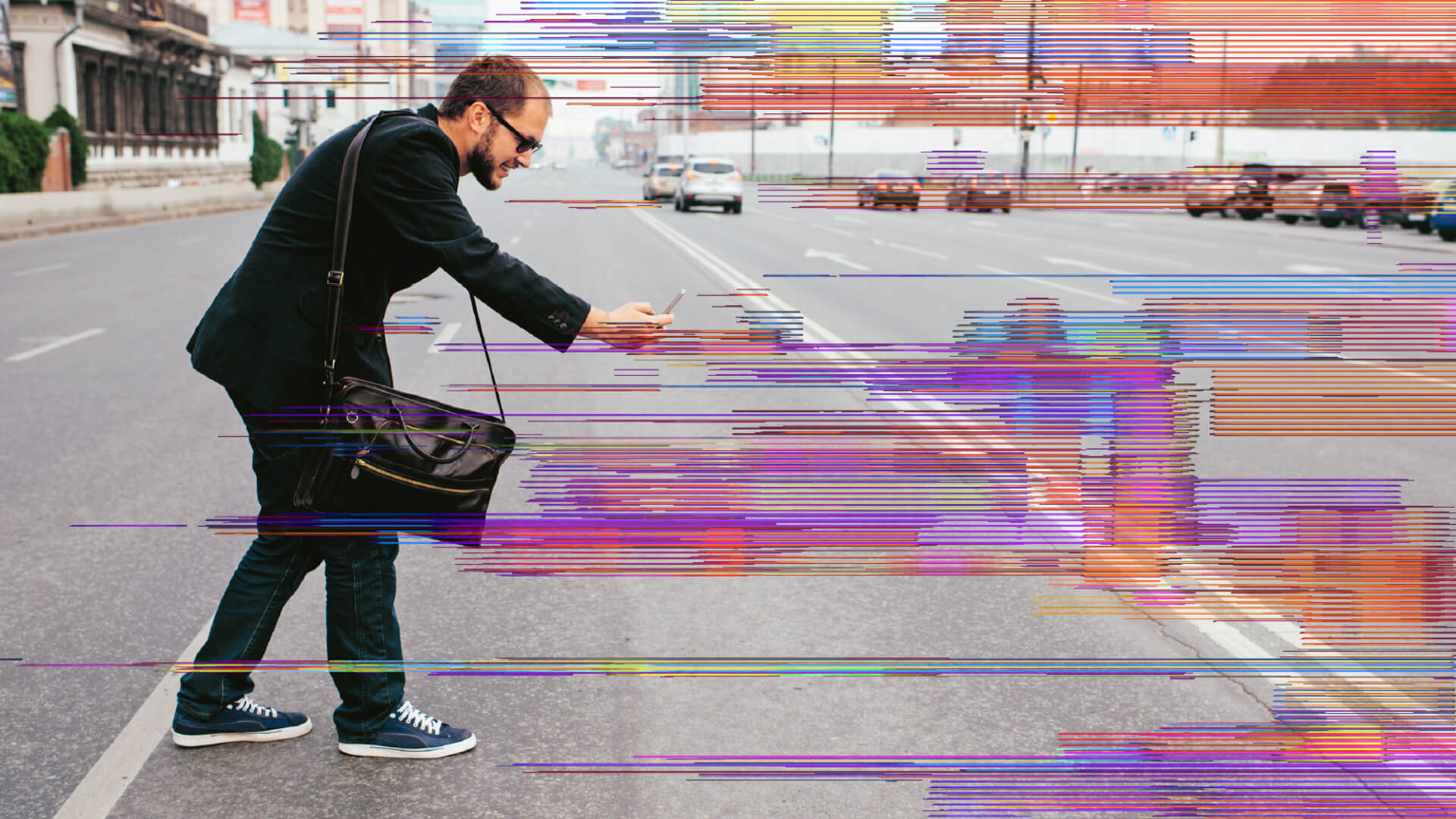
Cars reinventing urban life
Pokémon Go hints at the potential of augmented reality, and new hardware promises to take the concept to the next level. But history says that creating a real great AR gaming experience takes a lot of time and work.
The game was pure magic, I had seen nothing like it before. Well, if not truly magic, it was at least a thrilling way to use cell phone technology for new purposes. Taking advantage of the built-in GPS, the game let you discover fascinating creatures all around you, and collect them in order to use them in battles.
This was way back in 2005 – two years before even the first generation Iphone had seen the light of day – so no, the game was not Pokémon Go. Jadestone Group, a bleeding edge Stockholm games studio, was developing the game Spirits for the Nokia N-Gage phone, and it looked spectacular. It seemed to herald a watershed moment in gaming, where games would expand past the confines of screens into the real world, which would in turn become layered with different types of digital content. That didn’t happen. Not then.
Location-based games like Spirits, Colors (where rival gangs fought for control of turf in big cities) and ”Botfighters” (arguably the first location based game, with battling robots) added up to an exciting phenomenon in the mid ’00s. And Stockholm was home to the developers of all three games mentioned above, at the very epicenter of this quiet rumbling, promising to shake up the entire gaming industry. But despite the hype around “pervasive games” in those days, the concept turned out to be a little bit too bleeding edge to achieve mainstream success.
Dedicated hardcore users
Fast forward to 2012 and a Google company called Niantic Labs launched a game called Ingress. In it, players form teams, fighting others for control of portals, mapped to real world places of significance. The game’s tagline is a nice summary of the whole AR concept: “The world around you is not what it seems”. It has been moderately successful – at this point it has been downloaded 10 million times from the Google Play store – but what’s more impressive is the level of dedication it inspires in hardcore users.
Many multiplayer online games foster a sense of social obligation that encourages users to keep playing. Meeting other players in the flesh as you conquer the world around you proved to amplify those feelings of community. Ingress players have been reported getting tattoos featuring their team logos, planning vacations with the purpose of taking control of portals, and in some cases going as far as leasing boats, helicopters and airplanes to find portals in remote locations such as Alaska, Siberia and Antarctica.
Ingress is the game that would, in 2016, get a full Pokémon makeover. And the popularity of the Pokémon franchise proved to be just the push needed to turn the niche concept of location-based gaming into triumphant mainstream success. In July 2016, several market researchers reported that Pokémon Go had more daily users in the US than Twitter, and users were even spending more time with the app than on mighty Facebook.
The colossal user numbers of Pokémon Go has turned the game into a commercial platform in its own right. Savvy proprietors of shops and cafés have installed ”lure modules” in nearby pokéstops (virtual spots handing out items to players), serving the dual purpose of attracting pokémon in the virtual world and attracting Pokémon Go players in the physical world. In July Niantic signed the first sponsorship deal, with every Japanese McDonald’s restaurant getting mapped to a pokéstop.
The success of Pokémon Go is unprecendented, the kind of watershed moment that seemed imminent in 2005. It’s sure to inspire copycats among hopeful game developers, but the path forward for augmented reality, is being paved by others.
In Pokémon Go, the main interface for interacting with the real world is a map view. The layering of virtual objects on top of real images, which happens when you’re catching a pokémon, is pure window dressing. There’s no interaction between the pokémon and the real world as seen through the phone’s lens. However, several tech companies are working to bridge that gap. Microsoft has long been working on a set of goggles called Hololens. It looks like a virtual reality headset, but instead adds 3D graphics onto the real world. Gaming is just one application for the platform.
Tools for both work and home
Microsoft envisions it as a platform for productivity tools for both work and home. Meanwhile, a secretive startup called Magic Leap with funding from industry heavy-weights such as Google, Qualcomm and the Alibaba Group, is working toward similar goals, but with hardware that seems even more like science fiction. Instead of using a screen, Magic Leap throws virtual objects into your field of vision by projecting them directly onto your retina. Hololens was recently released in a developer version, at the steep price of 3,000 USD, while Magic Leap is still keeping its tech under wraps. But soon enough we’ll see if consumers find these AR experiences as revelatory as they are hallucinatory. Judging by the history of location-based games, winning mainstream acceptance can take a lot of time and work. The AR revolution is happening, reality is getting hacked, one step at a time.